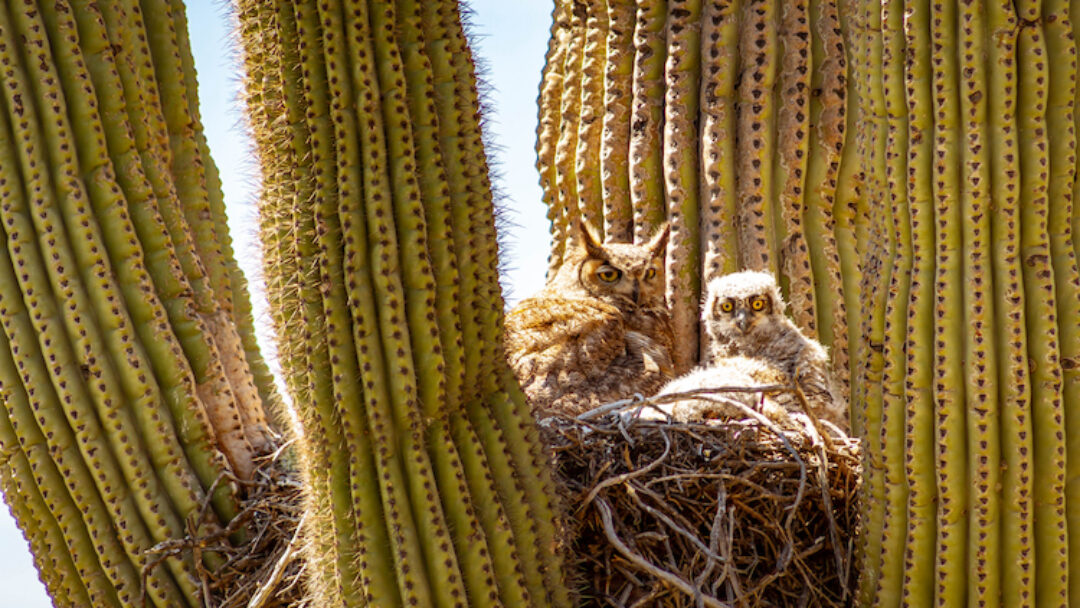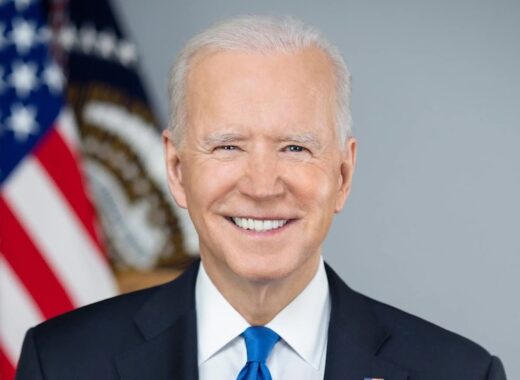The Arizona Game and Fish Department has released the Arizona Wildlife Conservation Strategy (AWCS), a major update to the official State Wildlife Action Plan that will serve as the Department’s roadmap for wildlife conservation over the next decade.
The 10-year strategic plan prioritizes conservation of the state’s “species of greatest conservation need,” identifies threats to those species and their habitats, and outlines specific conservation actions that can be taken to reduce or eliminate the threats.
“The AWCS comes with exciting changes to facilitate increased public engagement and partnership building,” said Clay Crowder, AZGFD’s assistant director for wildlife management.
For the first time, the Department’s State Wildlife Action Plan will be available in an easy-to-view online platform (https://awcs.azgfd.com/) within the AWCS. Users of the platform can explore the plan in-depth, learn about species of greatest conservation need, explore detailed profiles of the state’s habitats, learn about the most pressing threats to wildlife, and find out about conservation actions that can be taken to conserve Arizona’s most vulnerable species.
The AWCS showcases species distribution models for nearly 300 species of greatest conservation need across the state.
Additionally, there are interactive maps of Conservation Opportunity Areas (COAs) — specific areas on the landscape where conservation dollars would be most effective for certain species and their habitat. Each COA is presented with a detailed profile that describes the area and strategy species that occur there, while identifying the most pressing threats and offering practical conservation actions. Like the rest of the AWCS, the COAs are completely voluntary and non-regulatory. They simply provide a roadmap to focus on-the-ground conservation efforts in a targeted and cost-effective manner.
The AWCS has also been added to the Department’s Environmental Review Tool that helps inform and guide project planners, environmental consultants, government agencies, and others in a manner that maintains the quality of Arizona’s landscapes and minimizes negative impacts to wildlife and wildlife habitat.
For 20 years, the State Wildlife Action Plan has helped guide AZGFD’s nongame conservation efforts. It all started in 2002 when the U.S. Congress passed the State and Tribal Wildlife Grants Program (SWG) that provides federal funding dedicated to the development and implementation of programs that benefit nongame species and their habitats. At the heart of the program is the idea to “keep common species common” and take a proactive approach to conservation — before it becomes too costly to protect species.
“SWG dollars are critical for the state’s wide-ranging conservation projects that focus on nongame species,” said Crowder. “Each year SWG funds bring in about $1.3 million to AZGFD, all of it designated for nongame species. These dollars help fund many conservation efforts, including some of the department’s lesser-known nongame conservation work with the ranid frog program, Gila topminnow reintroduction and grassland bird monitoring.”
In order to qualify for this vital SWG funding source, each state and territory must have an approved State Wildlife Action Plan, which is then required to be revised every 10 years. Revising the latest iteration of Arizona’s plan was a multiyear process that included the public, partner agencies, nongovernmental organizations, tribal communities and industry leaders.
“The AWCS is designed for everyone — from the general public to conservation groups to federal agencies and beyond,” said Crowder. “With increased access to information and data, powerful conservation tools, and increased collaboration with our many partners, the AWCS will help meet the challenges that Arizona’s wildlife will face over the next 10 years.”








